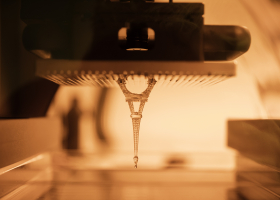
International
The INSIS is strongly involved in the CNRS's international strategy. It extends its expertise through numerous collaborations with foreign partners. The INSIS is present on all continents, using CNRS cooperation tools, from IEA exploratory actions (e.g. PICS and PRC) to the creation of IRL international laboratories (e.g. UMI), IRP international projects (e.g. LIA) or IRN international networks (e.g. GDRI). The INSIS also participates actively in the European Research and Technological H2020 Development Framework Programme.

